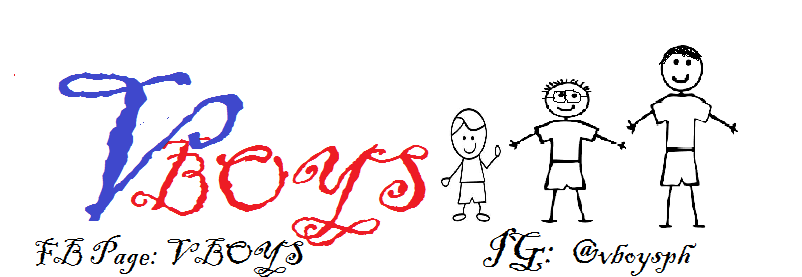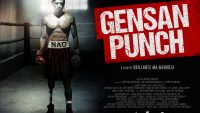Taking care of our environment should be a number 1 priority for everyone, especially our water bodies like our oceans since the Earth is mostly made up of water. And JCI Manila & Gold Seas Tuna has partnered together to launch an underwater exhibition for coral rehabilitation.
The aim is to be able to create new reefs that can support coral and marine life in selected areas in the Philippines.
Gold Seas Tuna Chunks’ dedication to responsible and sustainable fishing practices, which has enabled it to be certified dolphin-safe, has expanded this commitment to help rehabilitate Philippine coral reefs and revive the rich marine ecosystem.
How will they do it?
Artwork with a Purpose
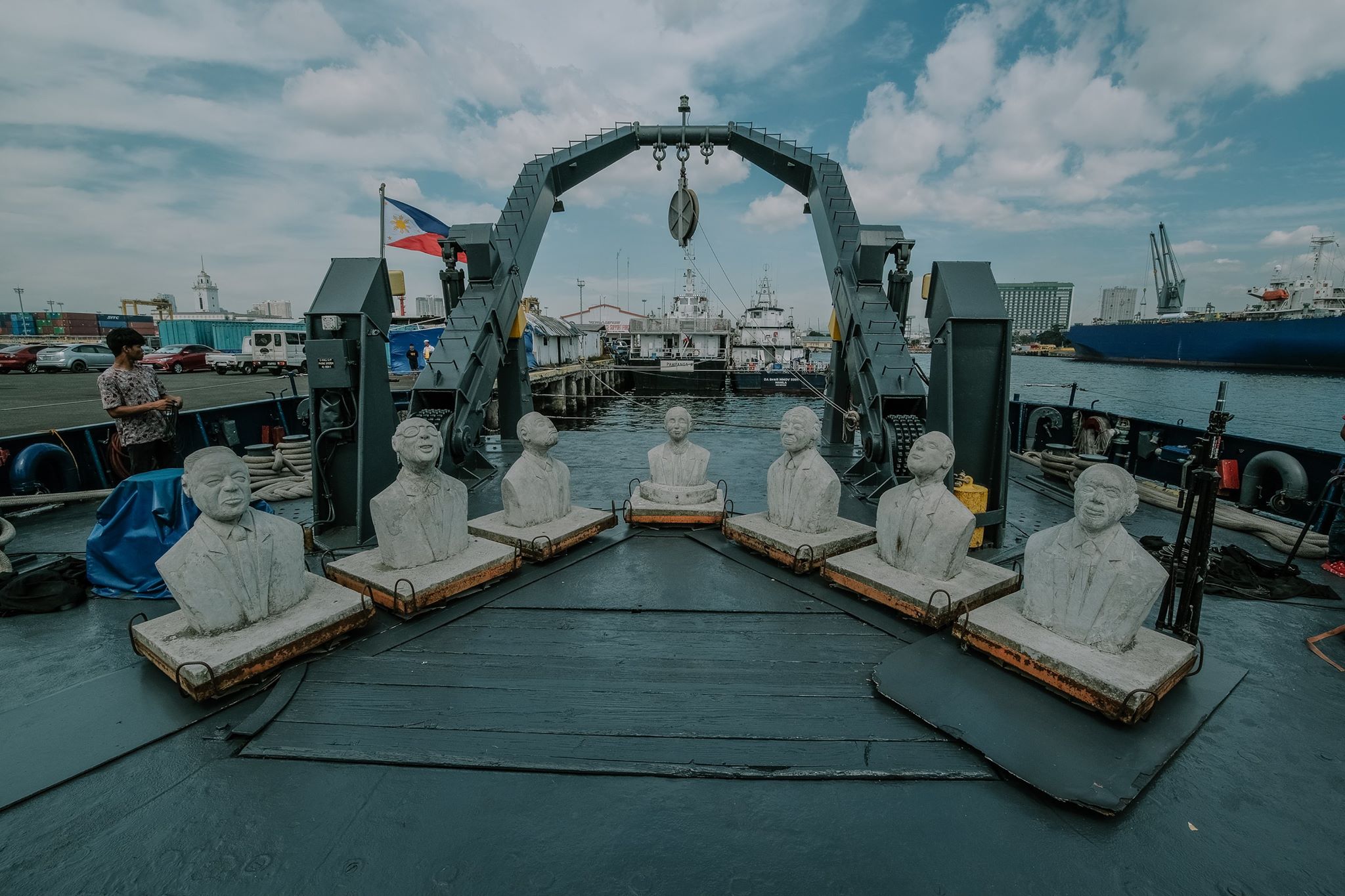
With the extensive biodiversity of marine life in the Philippines, coral reefs stretching more than 26,000 kms nurture more species of fish and corals than any other marine environment on earth. At present, reef degradation caused by factors such as pollution, coral bleaching, destruction of mangroves, and unsustainable fishing methods have affected the Philippines’ coral reefs. Only 5% of the Philippines’ coral reefs remain in good condition.
Partnering in this project to help with logistics is our beloved Philippine Navy and the Philippine Coast Guard.
Specifically the scientific research vessel called the BRP Gregorio Velasquez or AGR 702, an impressive 279 feet long vessel with hydrographic survey and maritime research capabilities, which will transport the sculptures to the installation site. From Pier 13 at Port Area, Manila, the AGR702, complete with a crew of mariners, will set off for the waters of Tingloy, Batangas.
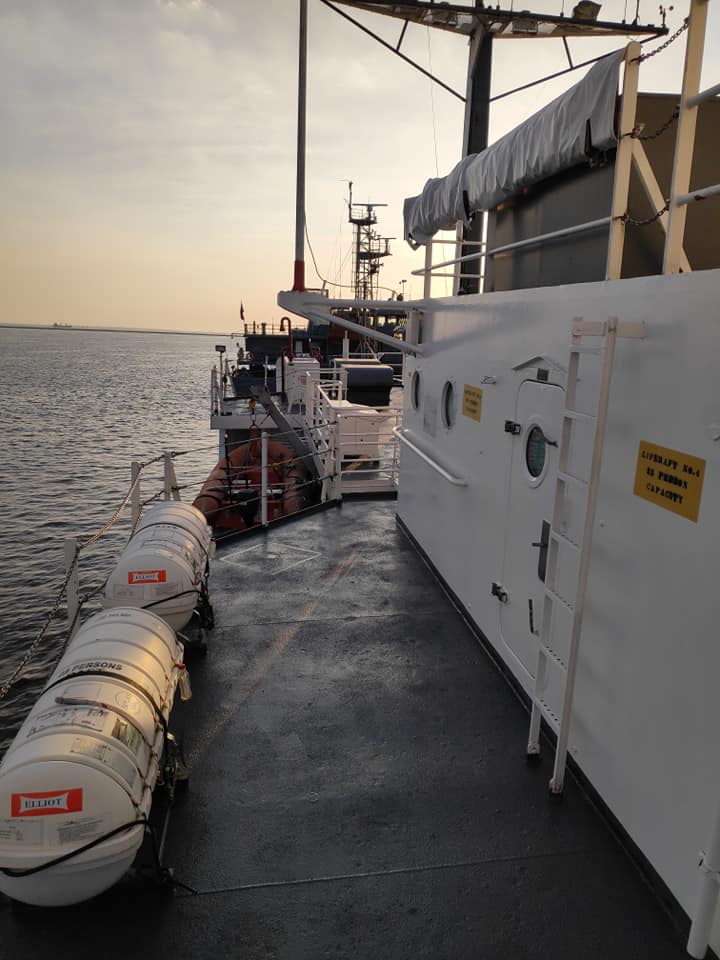
The group has also been in close coordination with DENR’s Biodiversity Management Bureau, the project was given the go-signal to cover less than 1,000 sqm in land area. Safety and accessibility were the key factors in identifying the location. The site must be safe from strong currents, must not disrupt or destroy existing corals, and must be accessible for easy monitoring and analysis.
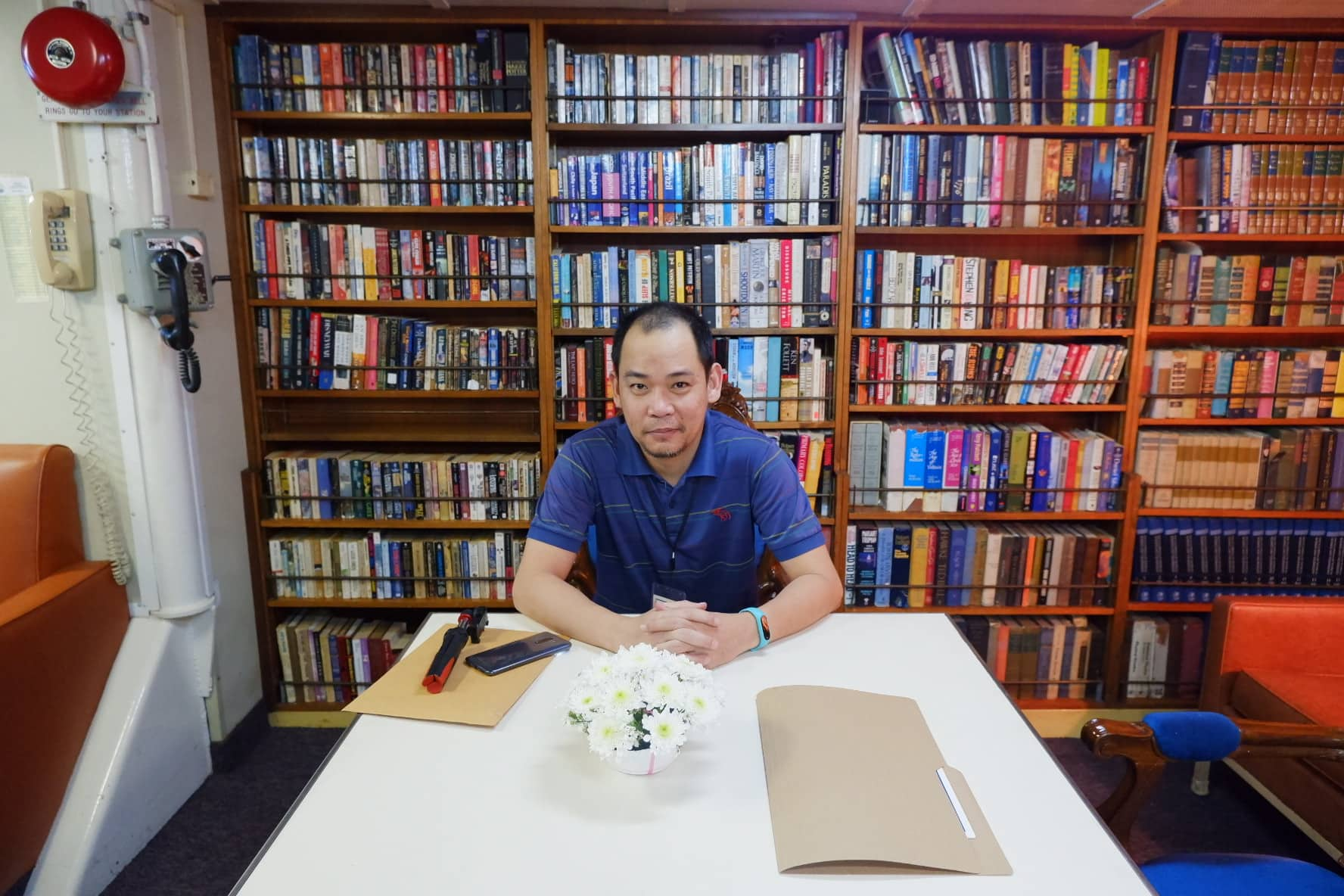
A site off the shores of Tingloy, Batangas was identified as an ideal site, with flat and sandy bottom so sculptures are kept stable on the seabed, with 40 feet in depth so the corals can benefit from sunlight and be accessible to both leisure snorkelers and professional divers. Hopefully in the future, this area will become a reef full of life and tourist destination for divers.
The sculptures will be dropped in the waters on November 20, 2018. Six sculptures will be installed featuring JCI luminaries who exemplify outstanding corporate citizenship and passion for nation-building, namely, Kofi A. Anan, Ramon V. Del Rosario, Sr., Henry Giessenbier, Washington Z. Sycip, Artemio L. Vergel De Dios, and Alfonso T. Yuchengco. Each sculpture is 3-4 ft tall and weigh 370-400 kgs.
To create the sculptures, the committee consulted marine scientists and the Reef Ball Foundation (reefball.org), an international non-profit foundation that introduced a formulation of globally recognized artificial reef modules.
The sculptures are made of pH-neutral cement that is not harmful to the sea and at the same time will protect and promote marine life. The concrete features 10,000 micro silica to create a high strength, abrasion resistant concrete that has a pH similar to natural seawater, which has a pH of 8.3. This is unlike regular concrete which has a surface pH as high as 12, and can inhibit the settlement and growth of many species of marine life, including larval corals.
With these efforts, organizations like JCI Manila and Gold Seas Tuna Chunks can contribute to the preservation, rehabilitation, and restoration of our marine ecosystems for this generation and those to come.
